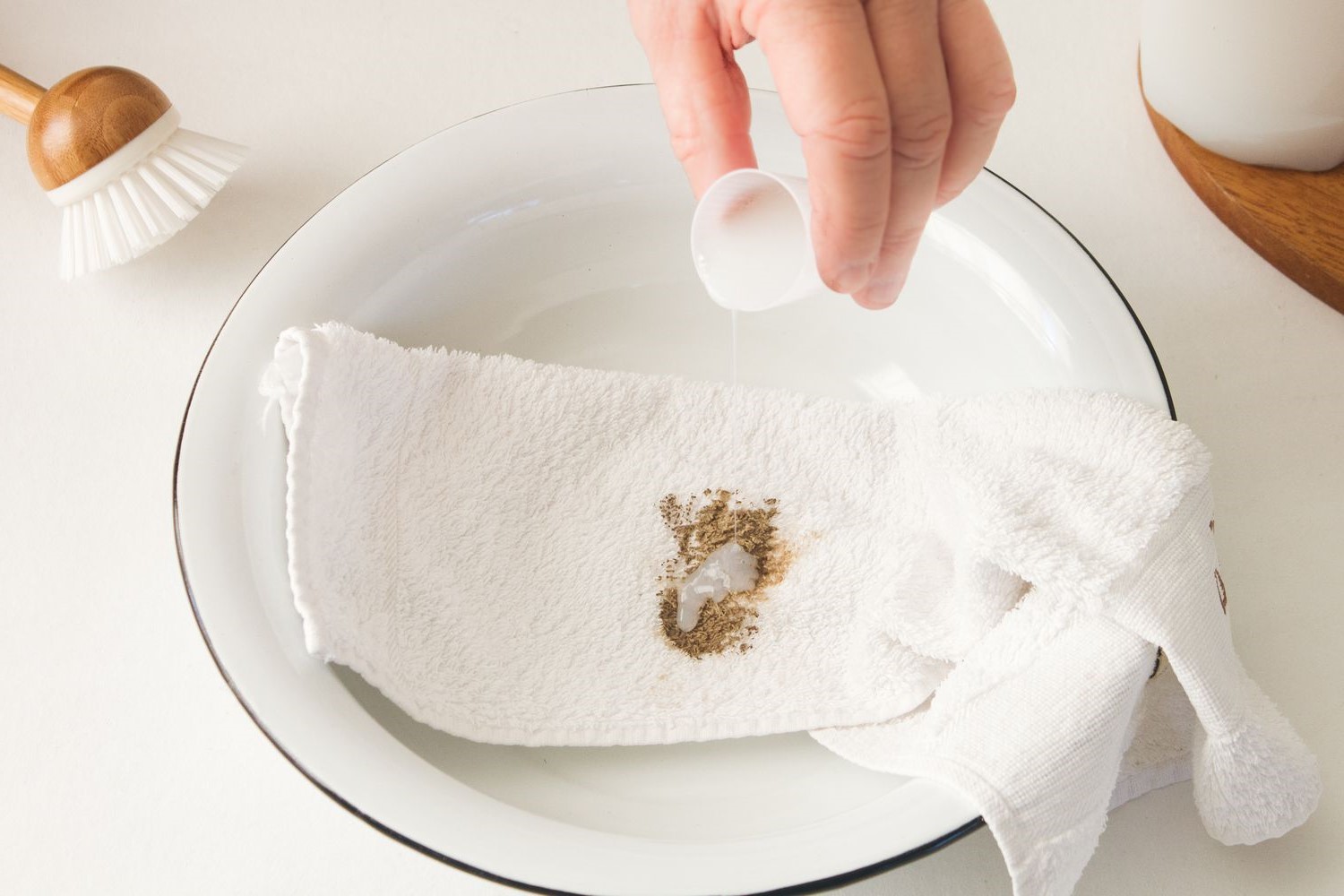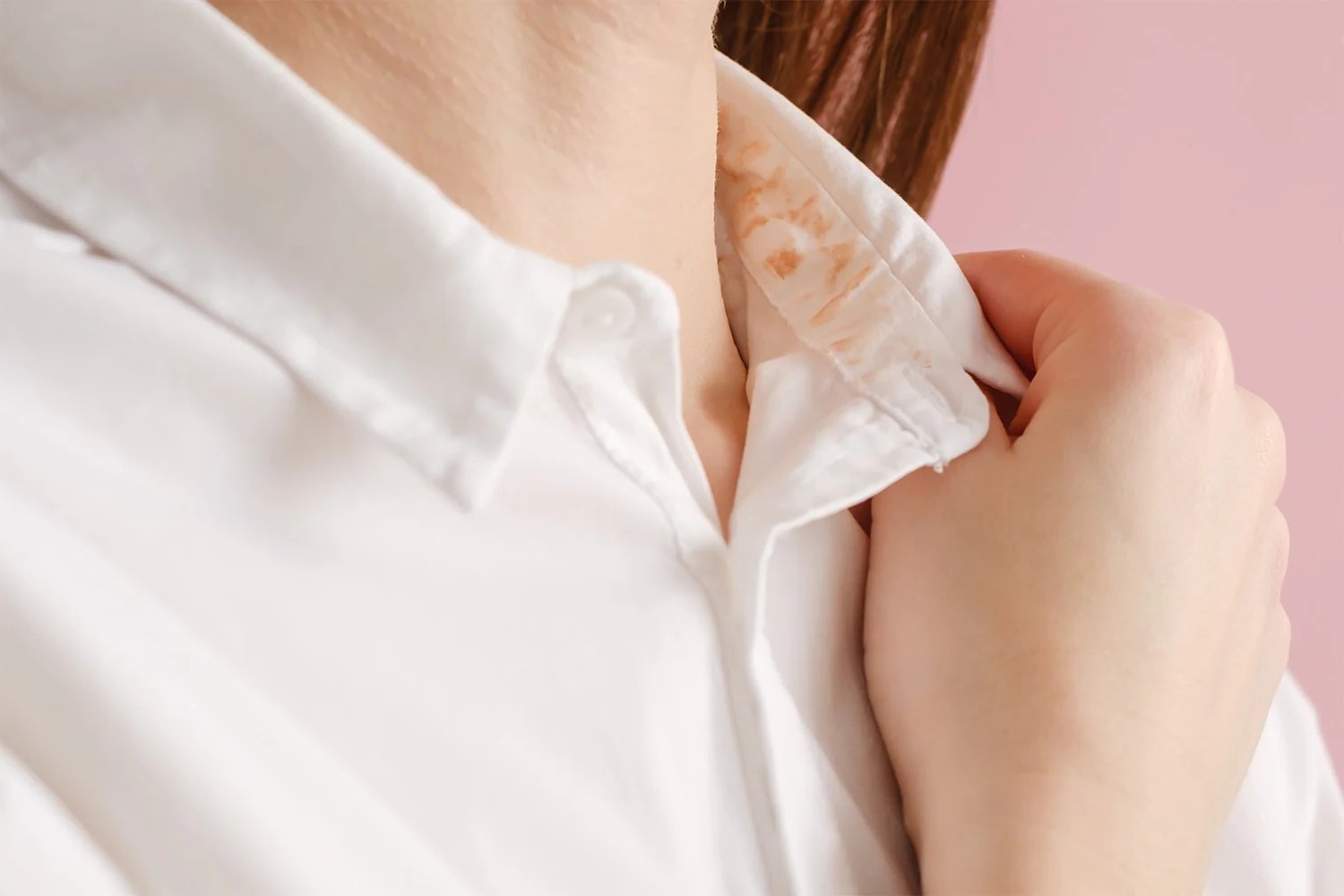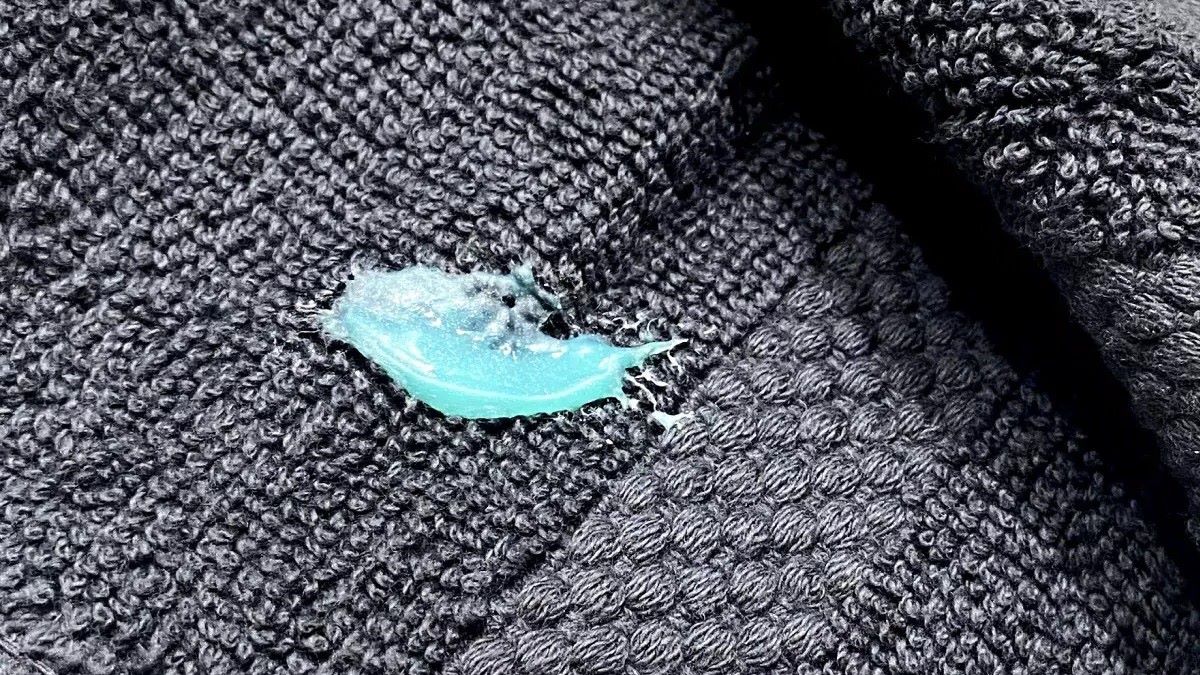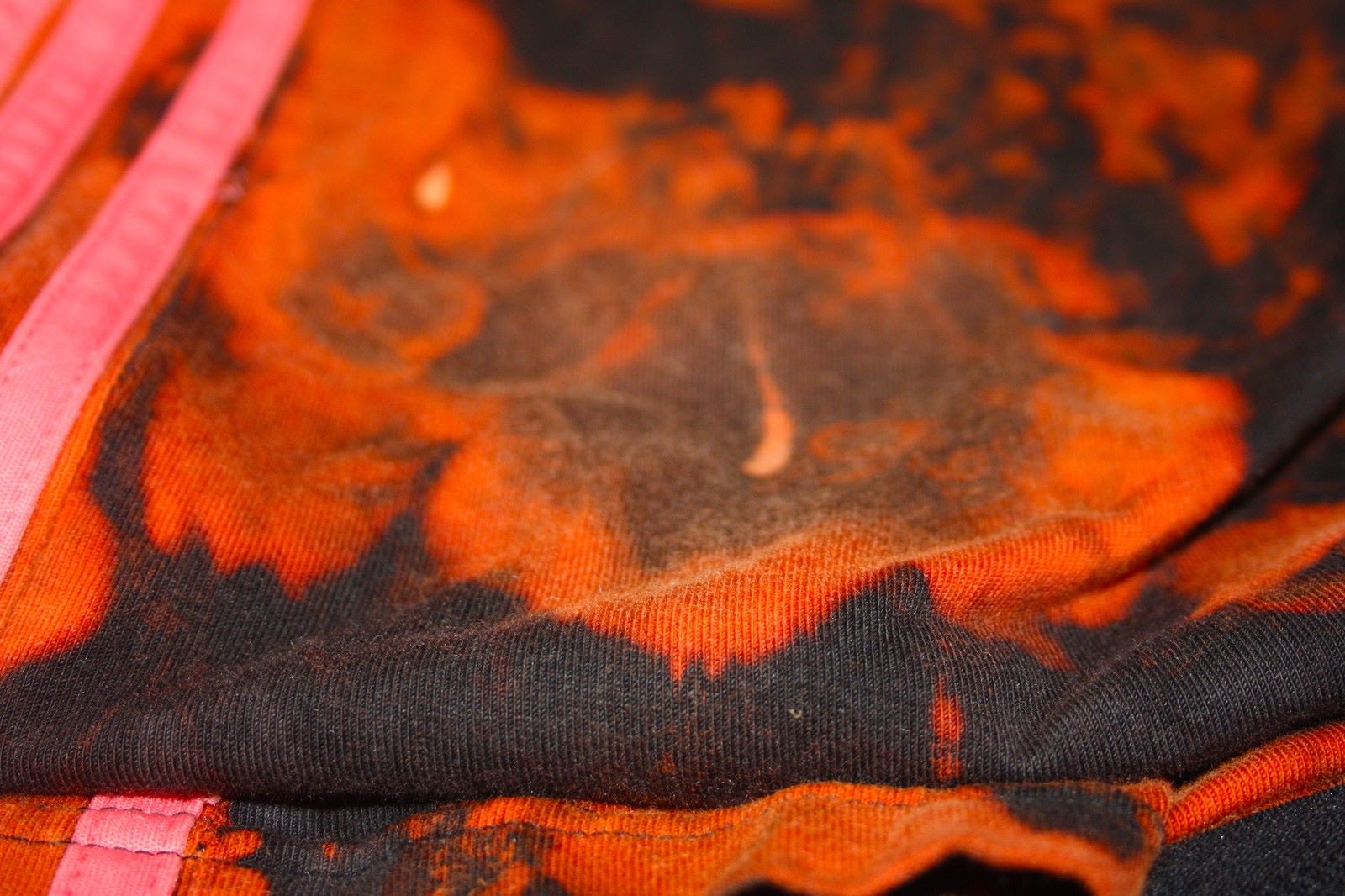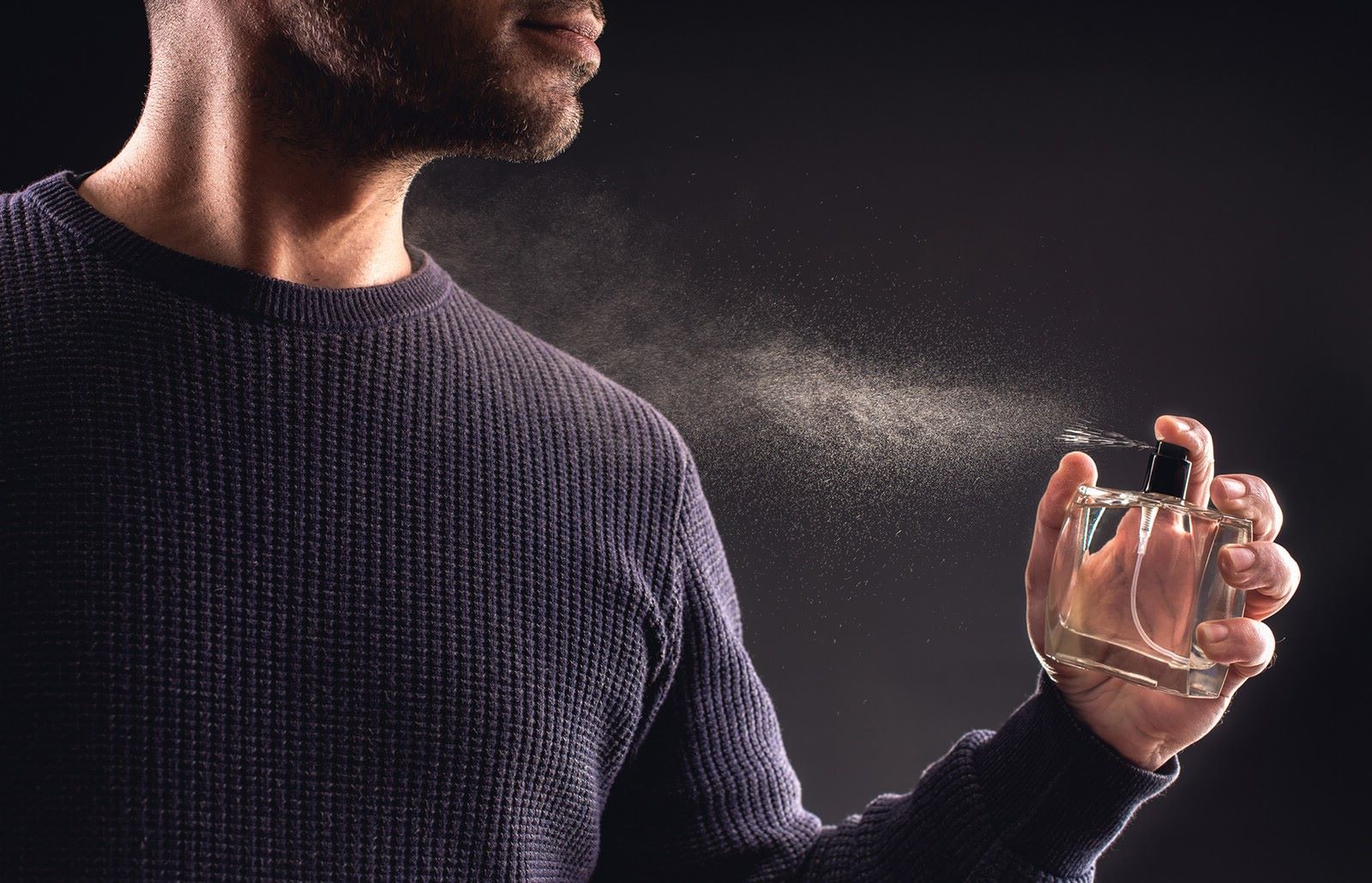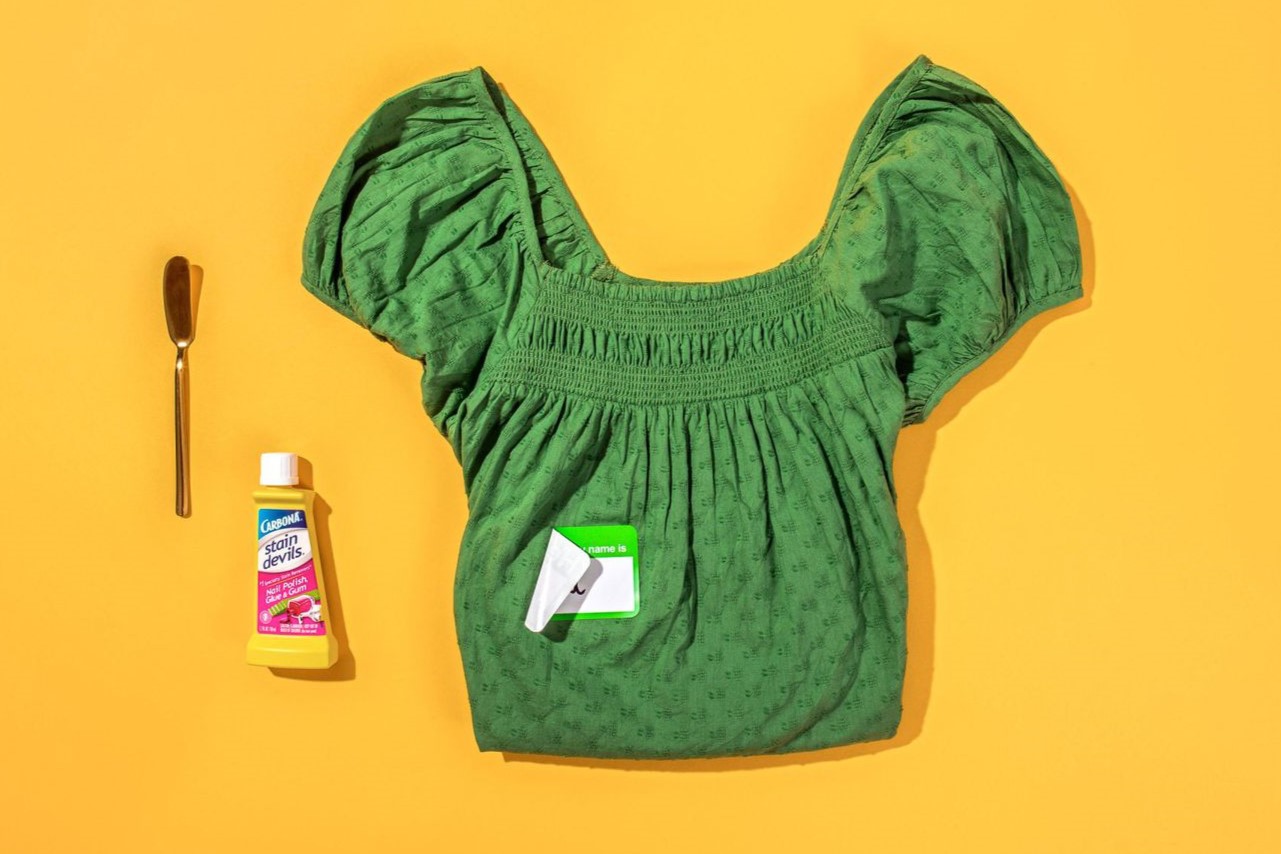Home>Home and Garden>How To Get Sap Out Of Clothes
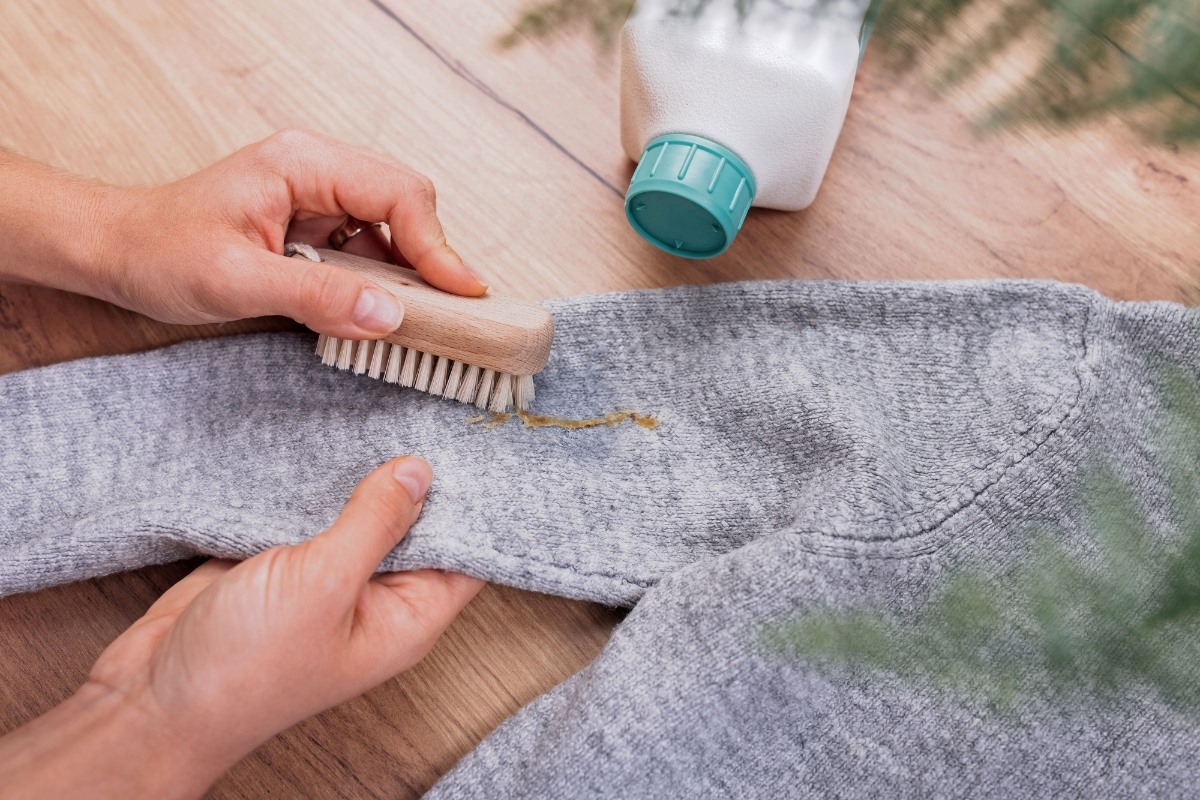

Home and Garden
How To Get Sap Out Of Clothes
Published: March 6, 2024
Learn effective home and garden solutions to remove sap stains from clothes. Discover simple tips to get rid of sap and restore your clothing to its pristine condition.
(Many of the links in this article redirect to a specific reviewed product. Your purchase of these products through affiliate links helps to generate commission for Noodls.com, at no extra cost. Learn more)
Table of Contents
Introduction
Dealing with sap stains on clothing can be a frustrating experience. Whether you've been gardening, hiking, or simply enjoying the outdoors, coming into contact with tree sap is a common occurrence. The sticky, viscous nature of sap makes it a challenging substance to remove from fabric, often leaving behind stubborn stains. However, with the right techniques and a bit of patience, it's possible to effectively eliminate sap stains and restore your garments to their pristine condition.
In this comprehensive guide, we will explore various methods for removing sap from clothes, ranging from pre-treating the stain to utilizing common household products. Additionally, we'll delve into the best practices for washing and drying the affected clothing to ensure that the stain is completely eradicated. Furthermore, we'll provide additional tips and tricks for tackling particularly stubborn sap stains, equipping you with the knowledge and tools necessary to conquer this common laundry dilemma.
By the end of this article, you'll have a thorough understanding of how to effectively remove sap from clothes, allowing you to tackle this pesky issue with confidence and ease. So, roll up your sleeves and get ready to bid farewell to those stubborn sap stains – your clothes will thank you for it!
Read more: How To Get Sap Out Of Dog Fur
Understanding the nature of sap
Sap, the lifeblood of trees and plants, serves as a vital transport system for nutrients and water. It is a thick, sticky substance that oozes from cuts or wounds in the bark of trees, often leaving behind stubborn stains on clothing. The composition of sap can vary depending on the type of tree or plant, but it typically contains a mixture of water, sugars, minerals, and other organic compounds.
One of the key characteristics of sap is its adhesive nature. When sap comes into contact with fabric, it adheres to the fibers, creating a strong bond that can be challenging to break. Additionally, exposure to air can cause sap to harden and further embed itself into the fabric, making it even more difficult to remove.
Furthermore, the chemical composition of sap can vary widely, with some types containing resins or oils that contribute to its sticky and viscous properties. This variability means that different types of sap may require specific treatment methods to effectively remove stains from clothing.
Understanding the nature of sap is crucial when it comes to devising effective stain removal strategies. By recognizing the adhesive and composition characteristics of sap, we can tailor our approach to effectively break down and lift the stain from the fabric without causing damage.
In the next sections, we will explore pre-treating the stain and using household products to remove sap, taking into account the unique properties of sap and the best practices for tackling this common laundry challenge. Armed with this understanding, you'll be well-equipped to tackle sap stains with confidence and precision, ensuring that your clothing remains clean and pristine.
Pre-treating the stain
Pre-treating the sap stain is a crucial first step in the process of removing it from clothing. By addressing the stain promptly and employing the right techniques, you can effectively break down the sticky residue and prepare the fabric for thorough cleaning. Here's a comprehensive guide to pre-treating sap stains:
Step 1: Scrape off Excess Sap
Before applying any pre-treatment solution, it's essential to gently scrape off any excess sap from the fabric. Use a blunt edge, such as a spoon or a butter knife, to carefully lift and remove as much of the hardened sap as possible without spreading it further.
Step 2: Apply a Pre-treatment Solution
Once the excess sap has been removed, it's time to apply a pre-treatment solution to the stained area. There are several effective pre-treatment options to consider:
-
Liquid Laundry Detergent: Apply a small amount of liquid laundry detergent directly to the sap stain. Gently massage the detergent into the fabric, ensuring that the stained area is thoroughly saturated. Allow the detergent to penetrate the fibers for at least 10-15 minutes before proceeding to the next step.
-
Stain Remover: Alternatively, you can use a commercial stain remover specifically designed to tackle tough stains like sap. Apply the stain remover according to the product's instructions, ensuring complete coverage of the affected area.
-
White Vinegar: White vinegar is known for its stain-fighting properties and can be an effective pre-treatment solution for sap stains. Mix equal parts of white vinegar and water, then apply the solution to the stained area. Allow it to sit for a few minutes to help break down the sap residue.
Read more: How To Get Butter Out Of Clothes
Step 3: Gently Rub and Dab
After applying the pre-treatment solution, gently rub the stained area with your fingers or a soft-bristled brush to help work the solution into the fabric. Avoid vigorous scrubbing, as this can spread the stain or damage the fibers. Instead, use gentle, circular motions to encourage the pre-treatment solution to penetrate the fabric.
Step 4: Rinse and Assess
Once the pre-treatment solution has been applied and gently worked into the fabric, rinse the stained area with cold water. Check the fabric to assess the effectiveness of the pre-treatment. If the stain persists, repeat the pre-treatment process before proceeding to the washing phase.
By diligently pre-treating the sap stain using the aforementioned techniques, you can effectively prepare the fabric for the next stage of the stain removal process. With the sap residue broken down and loosened, the subsequent washing and drying steps will be more successful in completely eliminating the stubborn stain from your clothing.
Using household products to remove sap
When it comes to removing sap stains from clothing, household products can serve as effective and budget-friendly solutions. These readily available items can be used to break down the sticky residue and lift the stain from the fabric, restoring your garments to their pristine condition. Here are some household products and their application methods for removing sap stains:
Rubbing Alcohol
Rubbing alcohol, also known as isopropyl alcohol, is a versatile household product that can effectively dissolve and lift sap stains from clothing. To use rubbing alcohol for sap stain removal, follow these steps:
-
Dabbing Method: Place a clean cloth or cotton ball soaked in rubbing alcohol directly onto the sap stain. Gently dab the stained area, allowing the rubbing alcohol to penetrate the fabric and break down the sticky residue.
-
Blotting and Rinsing: After dabbing the stained area, use a clean cloth to blot the fabric, absorbing the loosened sap. Rinse the garment with cold water to remove any remaining residue and assess the effectiveness of the treatment.
Read more: How To Get Silly Putty Out Of Clothes
Hand Sanitizer
Hand sanitizer, which contains a high concentration of alcohol, can also be used to tackle sap stains on clothing. Here's how to use hand sanitizer for sap stain removal:
-
Application: Apply a small amount of hand sanitizer directly to the sap stain. Gently massage the sanitizer into the fabric, ensuring that the stained area is thoroughly covered.
-
Allowing Penetration: Allow the hand sanitizer to penetrate the fabric for 5-10 minutes, giving it time to break down the sap residue.
-
Rinsing and Washing: Rinse the garment with cold water to remove the loosened sap and then proceed to wash the clothing as usual.
Cooking Oils
Surprisingly, cooking oils such as olive oil or vegetable oil can be effective in loosening and removing sap stains from clothing. Here's how to use cooking oil for sap stain removal:
-
Application: Apply a small amount of cooking oil to the sap stain, ensuring that the affected area is well-covered.
-
Soaking and Dabbing: Allow the oil to soak into the fabric for 10-15 minutes. After soaking, gently dab the stained area with a clean cloth to lift the loosened sap.
-
Washing and Rinsing: Wash the garment as usual, using laundry detergent to remove the oil and remaining sap residue. Rinse the clothing thoroughly to ensure the stain is completely eliminated.
By utilizing these household products and following the recommended application methods, you can effectively combat sap stains and restore your clothing to its original, stain-free state. These simple yet powerful solutions offer a cost-effective and convenient approach to tackling stubborn sap stains, ensuring that your garments remain clean and pristine.
Washing and drying the clothing
After pre-treating the sap stain and utilizing household products to break down the sticky residue, the next crucial step in the stain removal process is washing and drying the affected clothing. This phase is essential for thoroughly eliminating any remaining traces of sap and ensuring that the garment is restored to its pristine condition. Here's a detailed guide on washing and drying the clothing to effectively remove sap stains:
Step 1: Select the Appropriate Water Temperature
When preparing to wash clothing with sap stains, it's important to consider the appropriate water temperature. For most fabrics, using cold water is recommended, as hot water can cause the sap to set further into the fibers, making it more challenging to remove. Cold water helps to prevent the sap from melting and spreading, allowing for more effective stain removal.
Read more: How To Get Smoke Smell Out Of Clothes
Step 2: Choose the Right Laundry Detergent
Selecting the right laundry detergent is crucial for effectively removing sap stains. Opt for a high-quality detergent that is specifically formulated to tackle tough stains. Look for detergents that contain enzymes, as these can help break down organic residues such as sap, ensuring a thorough cleaning process.
Step 3: Wash the Garment with Care
Place the pre-treated garment in the washing machine and add the appropriate amount of laundry detergent. Ensure that the detergent is evenly distributed and that the garment has ample space to move freely in the machine. Set the washing machine to a gentle or delicate cycle to prevent excessive agitation, which can spread the sap stain or damage the fabric.
Step 4: Inspect the Garment Before Drying
After the washing cycle is complete, carefully inspect the garment to ensure that the sap stain has been effectively removed. Avoid drying the clothing if any traces of the stain are still visible, as the heat from the dryer can cause the stain to set permanently.
Step 5: Air Dry or Tumble Dry on Low Heat
If the sap stain has been successfully removed during the washing process, proceed to dry the garment. For delicate fabrics or garments with lingering traces of sap, air drying is recommended to prevent any remaining residue from setting. If using a dryer, select a low heat setting to avoid setting any remaining sap stains and to protect the fabric.
By following these washing and drying guidelines, you can effectively remove sap stains from clothing and ensure that your garments are restored to their pristine condition. With careful attention to water temperature, detergent selection, and drying methods, you can bid farewell to stubborn sap stains and enjoy clean, fresh clothing once again.
Read more: How To Get Mustard Out Of Clothes
Additional tips and tricks for stubborn sap stains
For particularly stubborn sap stains that have proven resistant to conventional removal methods, there are additional tips and tricks that can be employed to effectively tackle the persistent residue. These advanced techniques are designed to provide targeted treatment for tough sap stains, ensuring that even the most tenacious marks can be eradicated from clothing.
Use of Citrus-Based Cleaners
Citrus-based cleaners, such as those containing natural citrus extracts or citrus solvents, can be highly effective in breaking down and dissolving stubborn sap stains. The natural acidity of citrus fruits helps to cut through the sticky residue, making it easier to lift the stain from the fabric. Apply the citrus-based cleaner directly to the sap stain, allowing it to penetrate the fabric before gently blotting and rinsing the affected area.
Application of Glycerin
Glycerin, a natural humectant commonly used in skincare products, can also be utilized to combat stubborn sap stains. Apply a small amount of glycerin to the stained area and gently massage it into the fabric. Allow the glycerin to sit for an extended period, ideally overnight, to effectively break down the hardened sap. After the treatment, rinse the garment thoroughly and proceed with the washing process to remove the loosened residue.
Freezing Method
In cases where the sap stain remains resilient, employing the freezing method can help to harden the sap, making it easier to remove. Place the garment in a plastic bag and seal it tightly, ensuring that the stained area is isolated. Then, place the bag in the freezer for several hours to allow the sap to freeze and harden. Once the sap has solidified, carefully scrape off the hardened residue using a blunt edge, such as a butter knife, before proceeding with the pre-treatment and washing process.
Read more: How To Get Chapstick Out Of Clothes
Professional Dry Cleaning
For delicate or intricate garments with stubborn sap stains, seeking professional dry cleaning services may be the most effective solution. Professional dry cleaners have the expertise and specialized cleaning agents to tackle tough stains while preserving the integrity of the fabric. Be sure to inform the dry cleaner about the nature of the sap stain and any pre-treatment methods that have been attempted to ensure the best possible outcome.
By incorporating these advanced tips and tricks into your stain removal arsenal, you can effectively combat even the most stubborn sap stains, restoring your clothing to its pristine condition. With patience and persistence, these targeted techniques offer a powerful approach to conquering tough sap stains and maintaining the cleanliness and quality of your garments.
Conclusion
In conclusion, the battle against stubborn sap stains on clothing can be won with the right techniques and a bit of perseverance. By understanding the nature of sap and its adhesive properties, we can tailor our approach to effectively pre-treat and remove these challenging stains. From scraping off excess sap to utilizing household products such as rubbing alcohol, hand sanitizer, and cooking oils, there are numerous methods to break down the sticky residue and restore garments to their pristine condition.
The washing and drying phase is equally crucial, requiring careful attention to water temperature, detergent selection, and drying methods to ensure that any remaining traces of sap are completely eliminated. Additionally, for particularly resilient sap stains, advanced techniques such as the use of citrus-based cleaners, glycerin application, the freezing method, and professional dry cleaning can provide targeted treatment for tough stains, ensuring a thorough and effective removal process.
Ultimately, the key to successfully removing sap stains from clothing lies in a combination of patience, diligence, and the application of proven stain removal methods. By following the comprehensive strategies outlined in this guide, individuals can confidently tackle sap stains, restoring their clothing to its original, spotless state.
With the knowledge and tools acquired from this guide, individuals can approach the task of removing sap stains with confidence, knowing that even the most stubborn marks can be conquered. Whether it's a favorite outdoor garment or a cherished piece of clothing, the techniques outlined here offer a reliable pathway to preserving the cleanliness and quality of clothing, ensuring that sap stains are no match for our determination and resourcefulness. So, armed with these insights, it's time to bid farewell to those pesky sap stains and welcome back the pristine, spotless condition of our cherished clothing.
